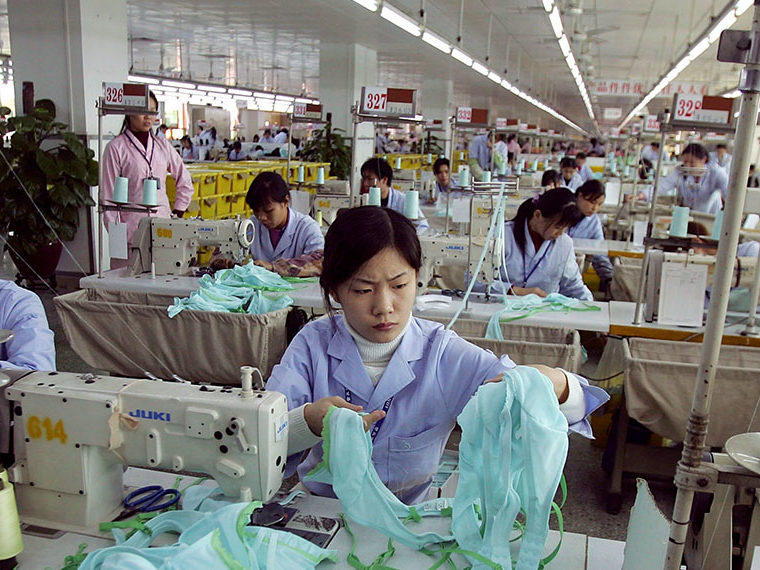Tactic partially makes up for lesser clout with suppliers
Check out the yogurt section of any large grocery store, and the choices seem endless. Dozens of brands and scores of options line the shelves — low-fat, smooth and creamy, plain or flavored. Yet even with such a large selection, not every product makes the cut.
Because stores can choose what products to include or exclude, they have the power to wrest concessions from suppliers that want to be part of the mix.
A working paper from UCLA Anderson’s Sylvia Hristakeva analyzes how retailers use the threat to replace one brand’s product with its competitor’s product to win preferential terms from suppliers. Not all retailers employ equally these replacement threats, her findings suggest, and surprisingly, it is smaller retailers — those with fewer stores in a market — that benefit more from the threats than larger grocery chains.
Opt In to the Review Monthly Email Update.
“This is an interesting tension as we typically expect that large retailers benefit more from contracting leverage,” Hristakeva says in an email.
The paper uses data from the yogurt category. But consumer-facing companies — retailers and health insurers, notably — widely use the threat of excluding a supplier (health care providers such as a hospital system in the case of health insurers) to wrest price concessions out of those they buy from.
Grocery chains and suppliers arrive at what amounts to a net, or effective price, through a variety of measures, including the basic wholesale price and a range of so-called vendor allowances, which are payments or discounts sometimes tied to volume or shelf space.
Using 2010 data from Information Resources Inc., a market research company that tracks prices, Hristakeva analyzed yogurt sales at 69 chains in 44 U.S. markets. The stores could select from among 91 different products from national brands such as Groupe Danone and General Mills and from smaller regional producers such as Oregon’s Tillamook Creamery. Many chains also offered a private-label option.
Retailers in the study carried on average about 34 different product options, a bit more than one-third of available products. Retailers, then, have a deep bench of available replacements and a credible threat of replacing an existing product with a profitable substitute.
To estimate how much replacement threats affect a grocer’s costs, Hristakeva runs a counterfactual experiment by removing replacement threats from the negotiations. The results? Branded products, she estimates, would be 34% more expensive for the stores in the absence of a profitable replacement threat. And at the same time the prices go up, the profits go down, as retailers’ profits on average decrease in a quarter by $3,453 a store, or about 27% when replacement threats are eliminated.
The analysis also indicates that replacement threats produce lower gains for retailers with a larger footprint even when they supply the same number of products. To illustrate, Hristakeva zeros in on two retailers in Richmond, Virginia. Retailer 1 operates only one store in the market while Retailer 2 has 20, along with a presence in eight neighboring markets. The two sell a similar number of yogurt items, but Retailer 1 doesn’t carry one item — Yoplait Grande — which plays an outsized role in generating valuable clout with its other suppliers.
While Retailer 2 collects $437 from each store allowances in discounts, Retailer 1 receives $4,482. The contracting leverage of threatening existing suppliers — in this example, that Retailer 1 will drop one of their products and replace it with Yoplait Grande — generates most of these differences.
The reason, Hristakeva suggests, is that larger chains already have greater market power — from more demand, economies of scales and other levers — which means they can extract lower prices without resorting to replacement threats. A retailer with fewer stores, on the other hand, is more likely to select its product mix with an eye to extracting higher payments from suppliers.
“The use of replacement threats to discipline producers requires that the retailer distorts its product assortment,” Hristakeva says in an email. “So a retailer will use this source of contracting leverage if its other negotiation tools are less effective.”
About the Research
Hristakeva, S. (2020) Price discrimination in input markets when retailers have replacement threats: empirical evidence.





